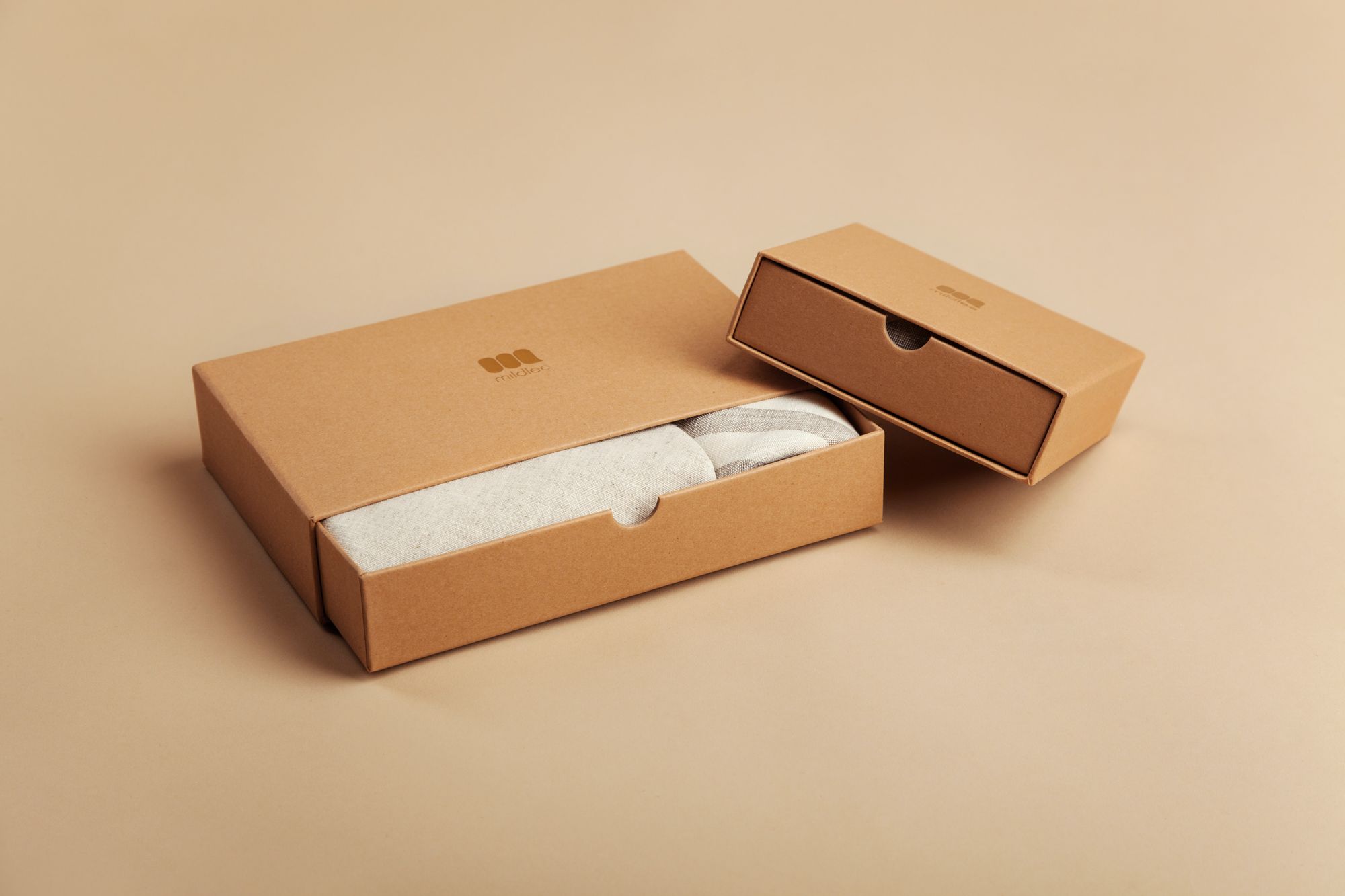
Choosing the right packaging starts with understanding the different types of boxes used in various industries. Whether for shipping, retail, or storage, cardboard boxes are essential to product safety and logistics. Businesses often search for solutions based on their purpose, which is why exploring Cardboard Boxes By Functionality helps identify the best options for specific needs. From protecting fragile items during shipment to presenting products on store shelves, each box type has its role.
Shipping and Transport-Oriented Cardboard Boxes
Shipping boxes are designed to ensure product safety during distribution and handling. Their structure, thickness, and layout are built to endure pressure, movement, and environmental changes.
Regular Slotted Containers (RSC)
The regular slotted container is the most common type used for shipping goods. It features flaps of equal length that meet at the center when folded. Known for its simplicity and efficiency, the RSC is often used by manufacturers and e-commerce businesses. Its structure minimizes waste and allows for cost-effective production, making it ideal for mass shipping needs.
Double Wall Corrugated Boxes
For heavier or more fragile items, double wall corrugated boxes offer increased protection. These are built using two layers of corrugated board, adding extra cushioning and strength. Industries like electronics, machinery, and glassware frequently rely on this box type to minimize transit damage. The added resistance helps protect products from punctures, compression, and impact.
Retail and Display Packaging Solutions
Retail environments require packaging that balances protection with presentation. Boxes used here are often designed with visual appeal and shelf impact in mind while still offering structural integrity.
Die-Cut Display Boxes
Die-cut boxes are tailored to specific product shapes, often featuring windows or custom openings. These are commonly used for cosmetics, small electronics, or promotional items. By allowing visibility of the contents, they encourage customer interaction. Die-cut boxes also offer neat folding and assembly, which helps streamline packaging processes for retail outlets.
Shelf-Ready Packaging (SRP)
Shelf-ready packaging is designed to go directly from shipping to shelf with minimal handling. These boxes open easily, presenting the product neatly while keeping it secure. SRPs are widely used in supermarkets and large retail stores for items like snacks, drinks, and packaged goods. They simplify restocking and reduce labor, benefiting both brands and retailers.
Specialty Use Cases and Protective Applications
Some products require packaging tailored to specific applications such as perishables, fragile contents, or sensitive materials. In such cases, structural design and material quality play a crucial role.
Insulated Cardboard Boxes
Insulated cardboard boxes are used for items requiring temperature control, including food, pharmaceuticals, and chemicals. They typically include an inner lining of foam or foil to regulate heat transfer. This packaging type is essential for cold-chain logistics where maintaining internal temperature is critical to product integrity. It helps businesses comply with health and safety regulations during transport.
Telescoping Boxes
Telescoping boxes consist of two pieces — a top and a bottom — that slide over one another. These are commonly used for flat items such as artwork, photo frames, and printed materials. The adjustable depth allows for a snug fit, reducing internal movement and damage. Telescoping boxes are also favored for items with varying dimensions, offering packaging flexibility without compromising safety.
Storage and Archival Cardboard Box Types
Archival storage boxes are intended for long-term use, protecting items from wear and environmental damage. They are designed to be durable, accessible, and sometimes stackable for efficient storage solutions.
File Storage Boxes
File storage boxes are designed for offices and document archiving. They usually come with attached lids and side handles for easy transport. These boxes accommodate file folders and paperwork while allowing quick access when needed. They’re commonly used in administrative, legal, and educational environments to organize records securely.
Heavy-Duty Stackable Boxes
Heavy-duty stackable boxes are ideal for warehouse storage or bulk inventory management. They feature reinforced walls and bases, allowing them to support more weight and withstand repeated handling. These boxes are widely used in logistics centers and industrial settings where durability is key. Their structure supports vertical stacking, helping businesses optimize storage space.
Marketing-Focused and Custom Branded Packaging
Custom packaging helps reinforce brand identity while serving the product’s needs. These boxes often feature print customization, high-end finishes, or unique opening mechanisms.
Mailer Boxes with Printed Interiors
Mailer boxes are commonly used in subscription services and direct-to-consumer businesses. They are easy to open, resealable, and often feature printed branding inside and out. Their compact shape and interlocking flaps make them suitable for a variety of lightweight products. The internal print serves as a brand touchpoint that enhances customer unboxing experiences.
Folding Cartons for Lightweight Goods
Folding cartons are thin, lightweight boxes used for products like medicine, small tools, and packaged food. Made from paperboard, they are easy to print and fold. These boxes are designed more for presentation than protection, which makes them suitable for store shelves. Businesses often use folding cartons to convey essential information such as instructions, branding, and nutritional facts.